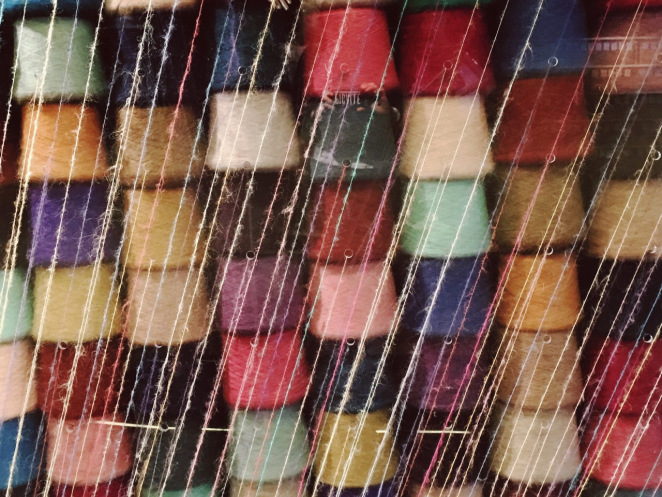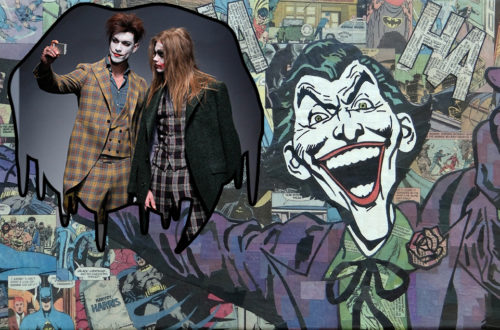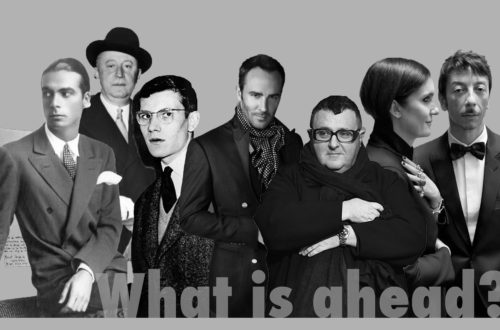Disclaimer: The following is not an advertisement for Lineapiù. The author visited Lineapiù as part of a school excursion.
People often think of big brands and corporate-styled conglomerates when it comes to the business of fashion.
However, manufacturers and contractors play an important role in the fashion ecosystem too. Without them, it would be difficult for companies that run on a horizontal system (put simply, they do not own their own mills and ateliers) to sustain themselves because owning everything cost money.
Despite the importance of these manufacturers, there is little awareness on their creativity and the innovation they bring to the fashion industry.
Lineapiù Italia is a great example. A Florentine based company, they contributed to the knitwear industry for almost over 30 years with their luxurious, fantasy yarns.
Luxury aside, Lineapiù seeks to innovate. Indeed, Lineapiù created the viscose yarn which is widely used on apparel these days. To put it short, Lineapiù is a marriage of chemistry and heritage: the founder himself is a chemist and Lineapiù aims to protect the “Made in Italy” status that provided them an edge over manufacturers from other countries.
Yet, it must be noted that competition is always tight because cost matters to their clients and the end-consumer.
Lineapiù does everything in house within the 3km radius, living up to their “Made in Italy” promise. This means they do the dyeing and spooling in house.
Lineapiù reaches out to clients via trade shows such as Pitti Filatti. Apparently, they were one of the first to create the concept of sampling by showing the swatches of each knit. This allowed their clients to get an idea of what the knitted yarn would be like. As soon as everyone followed suit, they came up with more innovative ways by providing lengths of fabric to give the consumer a clearer idea. They also create their own trends apart from relying on style forecasts.
As Lineapiù’s name will never appear on the end-product they found ways to reach the end consumer by creating a line of DIY products for the hobby-knitter. Creative but still not enough to warrant them the contribution they needed.
To create a broader reach, Lineapiù also has a second line of yarn which costs 8 euros per kilo, a striking contrast to the 100 euros per kilo of fantasy yarn that is much coveted by some of the luxury powerhouses.
 To convey their values and the contribution that Lineapiù have made to the industry, they created an archive.
To convey their values and the contribution that Lineapiù have made to the industry, they created an archive.
At the archives, one can see how many brands and fashion schools have worked with them. Brands like Missoni, Chanel, Dior and Giorgio Armani were featured.
At some point, Giorgio Armani worked with Lineapiuù to develop knits for his collection.
Though I have little interest towards yarns in particular, it is interesting to know this hidden spot in the fashion industry from an end consumer’s perspective. Personally, I feel that more communication needs to be done by Lineapiù though I figured that it might be difficult since so many brands work for them. Yet, if we only know where the materials come from maybe our perception of fashion would change and the way we consume fashion would change.
by Jun Michelle












